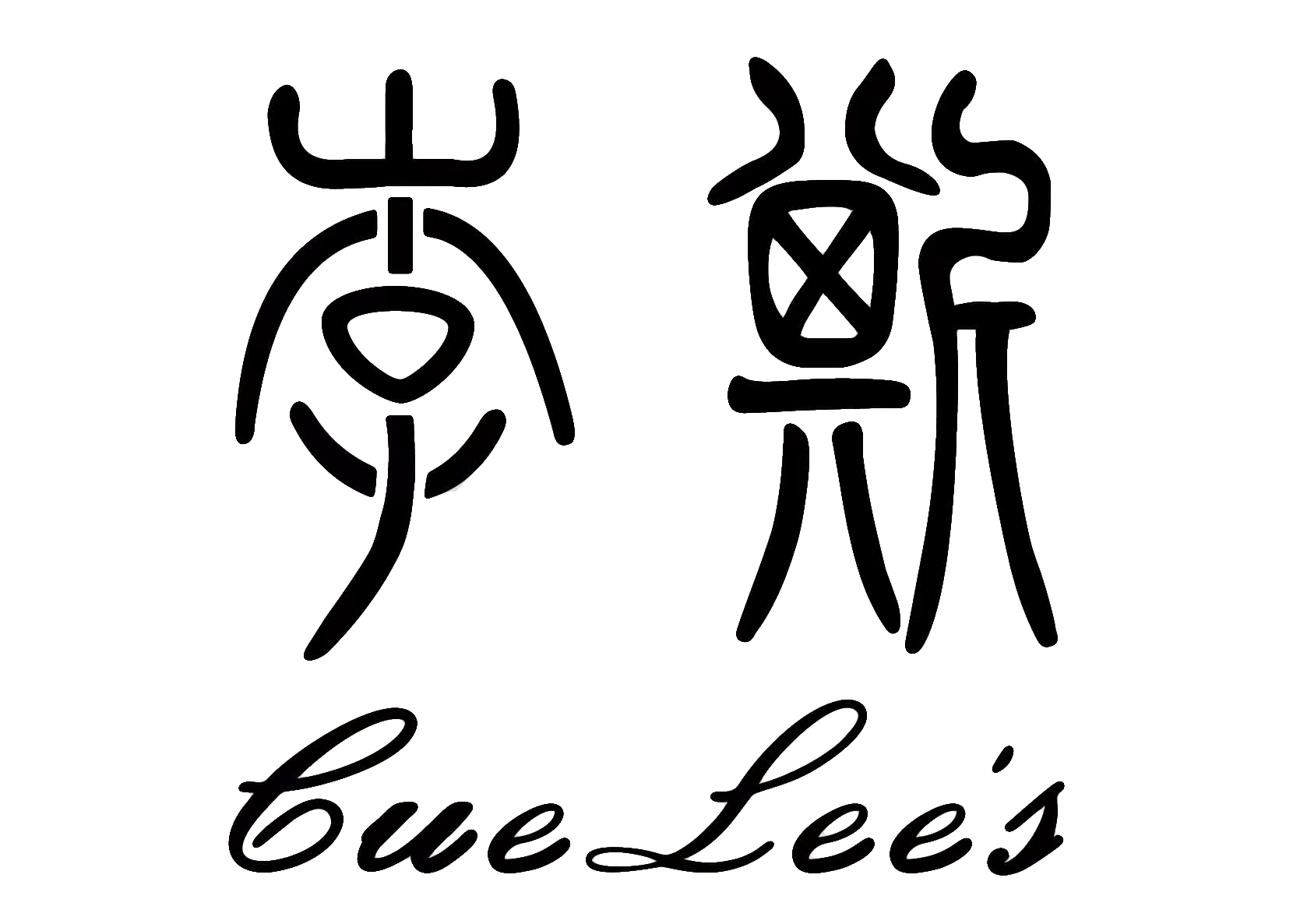Using a pool glove properly involves wearing it on your bridge hand (typically the non-dominant hand), ensuring a snug fit that covers your thumb and index finger, and positioning it correctly to create a smooth bridge for your cue stick. The glove should reduce friction between your hand and the cue, allowing for consistent, controlled strokes while preventing moisture from affecting your grip.
Understanding the importance of proper pool glove usage
Pool gloves serve as essential accessories that significantly enhance your billiards performance by addressing common grip and control issues. These specialised gloves create a smooth surface between your bridge hand and the cue stick, eliminating the friction that can cause inconsistent shots and jerky movements.
The primary benefit of using pool gloves lies in their ability to maintain consistent cue action regardless of environmental conditions. Moisture from your hands, humidity in the room, or nervous sweating can all negatively impact your grip and stroke mechanics. A quality pool glove eliminates these variables, ensuring your cue glides smoothly through your bridge every time.
Professional players rely on pool gloves to maintain their competitive edge, particularly during long matches where hand moisture becomes increasingly problematic. The glove acts as a barrier that prevents skin oils and perspiration from transferring to the cue shaft, which could otherwise create sticky spots that disrupt your stroke rhythm. Explore our complete collection of pool gloves to find the perfect match for your playing style.
What is the correct way to put on a pool glove?
Putting on a pool glove correctly requires wearing it on your bridge hand, which is typically your non-dominant hand that forms the bridge for your cue stick. The glove should cover your thumb, index finger, and middle finger, creating a smooth surface where the cue makes contact with your hand.
Start by sliding the glove onto your bridge hand, ensuring the thumb portion fits snugly without being too tight. The material should lie flat against your skin without bunching or creating wrinkles that could interfere with your stroke. Pay particular attention to the area between your thumb and index finger, as this is where the cue will make primary contact.
Common mistakes include wearing the glove too loosely, which can cause it to shift during play, or putting it on the wrong hand. Some beginners mistakenly wear the glove on their shooting hand instead of their bridge hand. The glove should feel like a second skin, providing protection and smoothness without restricting your natural hand movement or bridge formation.
How do you choose the right size pool glove?
Selecting the proper glove size is crucial for optimal performance and comfort during play. A correctly sized pool glove should fit snugly without being restrictive, allowing full finger movement while maintaining consistent contact with the cue shaft.
Most pool gloves come in standard sizes ranging from small to extra-large, with some manufacturers offering specific measurements for hand length and width. To determine your size, measure the circumference of your hand around the knuckles, excluding your thumb. Compare this measurement to the manufacturer’s sizing chart, keeping in mind that different materials may fit differently.
The material composition significantly affects sizing and feel. Synthetic materials like lycra and spandex blends offer excellent stretch and conformity, while maintaining durability. The PREDATOR Albin Ouschan Second Skin glove exemplifies premium construction with its ultra-thin design that provides maximum sensitivity while ensuring smooth cue action.
Why does proper glove positioning matter for your shot?
Proper glove positioning directly impacts your stroke mechanics and shot accuracy by ensuring consistent cue movement through your bridge. When positioned correctly, the glove creates a stable, friction-free channel that allows your cue to move smoothly without deviation or hesitation.
The glove should be positioned so that the cue makes contact with the smooth material rather than exposed skin or seams. Your thumb and index finger should work together to create a stable bridge, with the glove material providing the interface between your hand and the cue shaft. This positioning prevents the cue from sticking or catching during your stroke.
Incorrect positioning can lead to several problems, including inconsistent cue speed, unwanted spin on the cue ball, and reduced accuracy. If the glove shifts during play or doesn’t cover the contact points properly, you may experience the same grip issues that the glove is designed to eliminate. Regular adjustment and proper initial positioning ensure maximum benefit from your pool glove.
How do you maintain and care for your pool glove?
Proper maintenance extends your pool glove’s lifespan and ensures consistent performance throughout its use. Regular cleaning and appropriate storage prevent the buildup of oils, chalk dust, and moisture that can compromise the glove’s smooth surface and effectiveness.
Clean your pool glove after each playing session by gently hand washing it in cool water with mild soap. Avoid harsh detergents or bleach, which can break down the synthetic materials and reduce the glove’s elasticity. Rinse thoroughly and allow it to air dry completely before storing, as trapped moisture can lead to odours and material degradation.
Store your glove in a clean, dry location away from direct sunlight and extreme temperatures. Many players keep their gloves in their cue cases or dedicated accessory pouches to protect them from damage. Replace your glove when you notice signs of wear such as thinning material, loss of elasticity, or rough patches that could affect cue movement.
Mastering pool glove usage
Mastering pool glove usage requires understanding that proper fit, positioning, and maintenance are equally important for optimal performance. The glove should become an extension of your hand, providing consistent cue action without interfering with your natural bridge formation or stroke mechanics.
Remember that the glove serves as a tool to eliminate variables that can negatively impact your game, particularly moisture and friction issues. Consistent use during practice sessions helps you develop muscle memory and confidence in your stroke, leading to improved accuracy and control during competitive play.
Quality equipment makes a significant difference in your billiards experience, and investing in a well-made pool glove pays dividends in improved performance and consistency. Discover our complete range of professional pool gloves to find the perfect accessory that will enhance your game and help you achieve your billiards goals.










